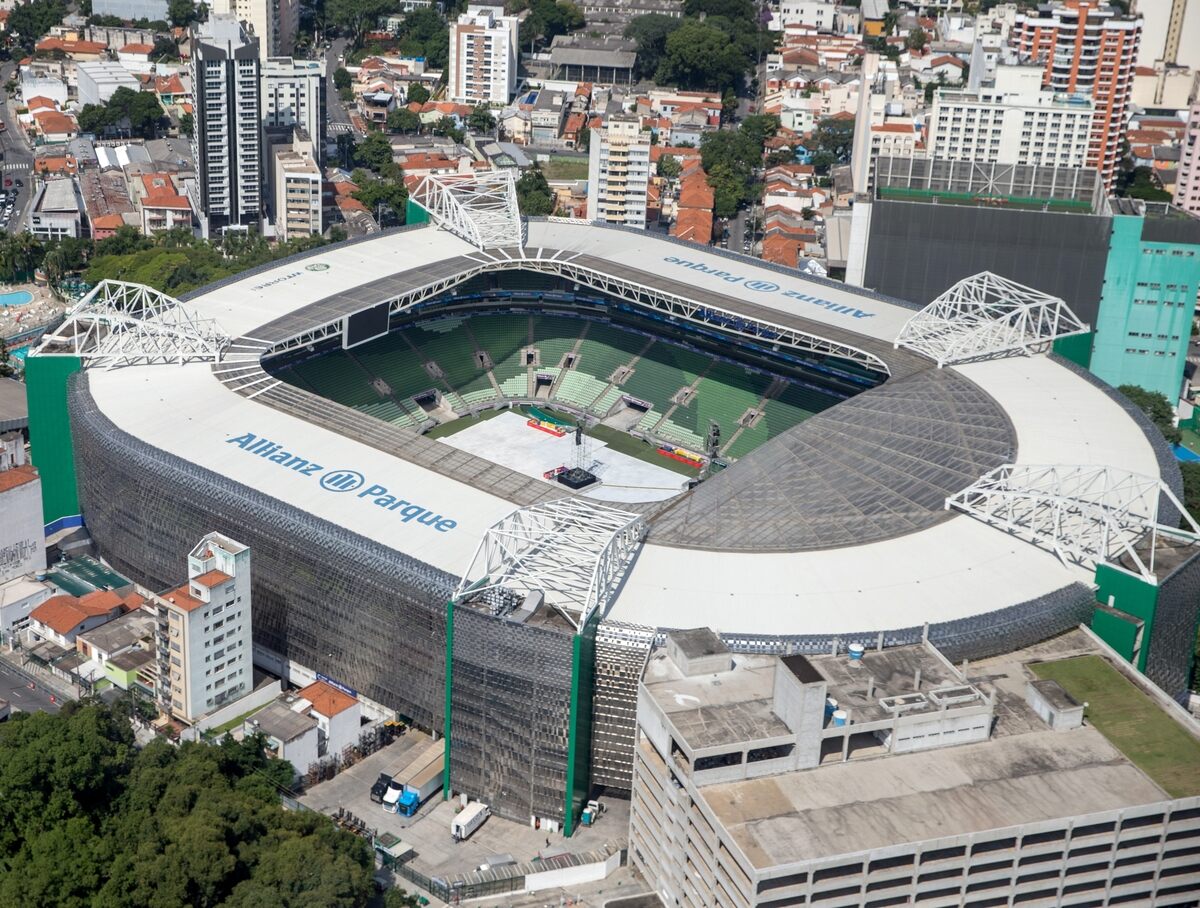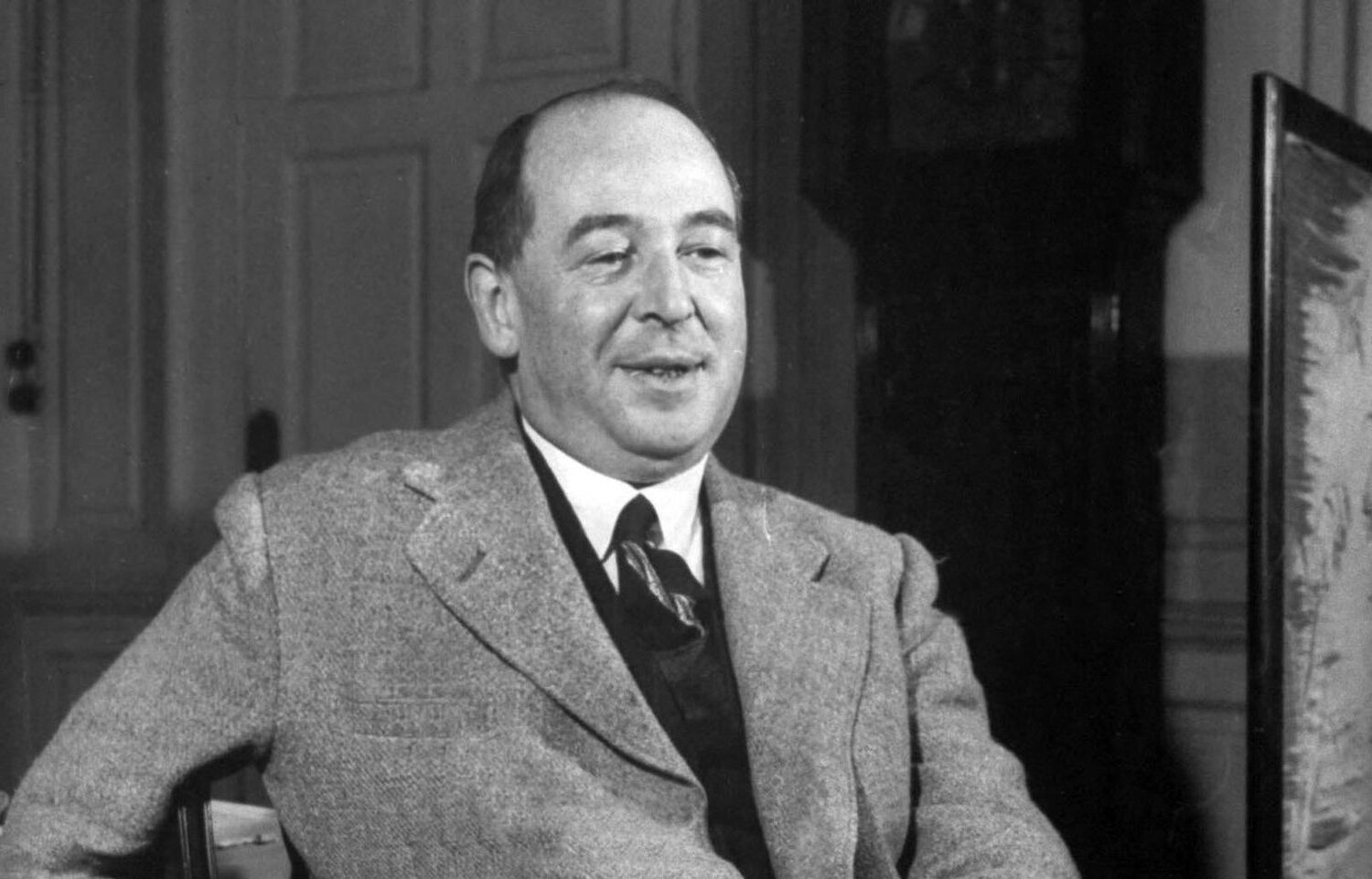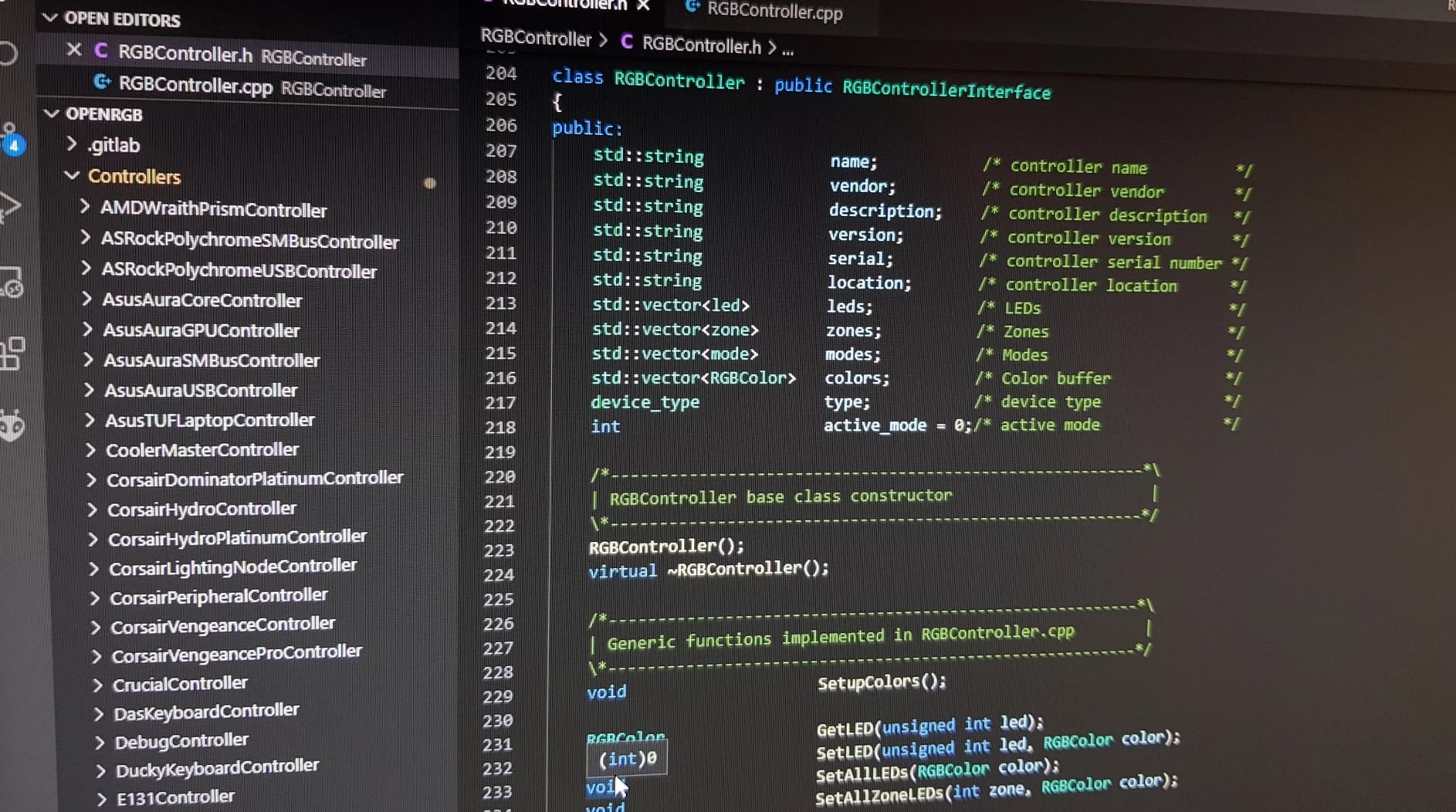
Estádio Parque Antarctica, also known as Allianz Parque, is a legendary landmark in São Paulo, Brazil. This renowned stadium has a rich history and is home to Sociedade Esportiva Palmeiras, one of the most successful football clubs in the country. While many people may be familiar with Estádio Parque Antarctica for its sporting events, there are some truly fascinating facts about this iconic venue that may surprise even the most ardent fans. From its incredible architectural design to its record-breaking attendance numbers, Estádio Parque Antarctica has cemented its place as a symbol of Brazilian sports culture. In this article, we will delve into 10 unbelievable facts about Estádio Parque Antarctica, shedding light on the unique aspects that make this stadium truly extraordinary.
Key Takeaways:
- Estádio Parque Antarctica, home to Palmeiras, hosted historic football matches and a legendary Kiss concert before being replaced by Allianz Parque in 2010.
- The stadium’s rich history lives on at Allianz Parque, preserving the spirit of Estádio Parque Antarctica for future generations of Palmeiras supporters.
The stadium served as the home ground for Sociedade Esportiva Palmeiras.
Estádio Parque Antarctica, also known as Estádio Palestra Itália, was the iconic home stadium for the Brazilian football club, Sociedade Esportiva Palmeiras. From 1917 to 2010, the stadium witnessed countless historic matches and thrilling moments in Palmeiras’ history.
The construction of Estádio Parque Antarctica began in 1920.
This impressive stadium was originally built in 1920 and underwent several renovations and improvements over the years. Its unique architectural design and rich heritage made it a beloved landmark in São Paulo, Brazil.
The stadium had a seating capacity of over 32,000 spectators.
Estádio Parque Antarctica had a seating capacity of more than 32,000 spectators, providing an electric atmosphere during matches. The passionate Palmeiras fans filled the stands, creating an unforgettable experience for both players and supporters.
The stadium was nicknamed “Palestra Itália” due to its close association with the Italian community.
Due to the strong Italian influence in the early years of Palmeiras, the stadium was given the nickname “Palestra Itália”. It symbolized the club’s deep roots in the Italian community and its pride in the Italian heritage.
Estádio Parque Antarctica hosted the matches of the 1950 FIFA World Cup.
As one of the designated stadiums for the 1950 FIFA World Cup held in Brazil, Estádio Parque Antarctica proudly welcomed international teams and showcased the world-class talent of football on its hallowed turf.
The stadium witnessed Palmeiras’ iconic victory in the 1999 Copa Libertadores.
One of the greatest moments in Palmeiras’ history occurred at Estádio Parque Antarctica when they clinched the prestigious Copa Libertadores title in The stadium erupted in celebration as the team etched their names in football glory.
A famous rock concert by the band Kiss took place at Estádio Parque Antarctica.
Estádio Parque Antarctica wasn’t just a football venue; it also hosted memorable concerts. One of the most notable events was a legendary rock performance by the iconic band Kiss, captivating thousands of fans with their electrifying music.
The stadium was demolished in 2010 to make way for Allianz Parque.
After serving as Palmeiras’ home for nearly a century, Estádio Parque Antarctica was demolished in 2010 to make room for a modern stadium, the Allianz Parque. The new stadium continues to be the pride of Palmeiras and a symbol of their rich history.
The footprint of Estádio Parque Antarctica can still be seen at Allianz Parque.
Although Estádio Parque Antarctica no longer stands, its memory lives on at Allianz Parque. The new stadium’s design incorporated elements from the old stadium, preserving the spirit and heritage of Estádio Parque Antarctica.
Estádio Parque Antarctica remains a cherished symbol of Palmeiras’ history.
Even though Estádio Parque Antarctica is no longer physically present, it will forever hold a special place in the hearts of Palmeiras supporters. Its legacy and the memories created within its walls will always be a cherished part of the club’s history.
Conclusion
Estádio Parque Antarctica, also known as Allianz Parque, is a truly remarkable landmark in São Paulo, Brazil. With its rich history, stunning architecture, and captivating events, it has become a must-visit destination for sports enthusiasts and tourists alike.
From hosting legendary football matches to showcasing world-class concerts, the stadium has etched its name as one of the most iconic sports and entertainment venues in the world. Its state-of-the-art facilities and impressive design make it a true marvel of engineering and a testament to human creativity.
Whether you’re a football fan eager to witness the electric atmosphere during a match or a music lover ready to experience an unforgettable concert, Estádio Parque Antarctica has something magical to offer. With its unique blend of history, culture, and excitement, a visit to this landmark is an experience you won’t want to miss.
FAQs
1. How old is Estádio Parque Antarctica?
Estádio Parque Antarctica was inaugurated on December 16, 1902, making it over a century old. It has undergone several renovations over the years to enhance its facilities and ensure a top-notch experience for visitors.
2. What is the seating capacity of the stadium?
The stadium has a seating capacity of around 43,713 spectators for football matches. However, for concerts and other events, the seating capacity may vary depending on the stage setup and configuration.
3. Which football club currently uses Estádio Parque Antarctica as their home ground?
Currently, Sociedade Esportiva Palmeiras, one of the most successful football clubs in Brazil, uses Estádio Parque Antarctica as their home ground.
4. Can visitors take a tour of the stadium?
Absolutely! Estádio Parque Antarctica offers guided tours that allow visitors to explore the stadium, learn about its history, and get a behind-the-scenes look at the facilities. It’s a great opportunity to immerse yourself in the vibrant atmosphere of this iconic landmark.
5. Are there any other attractions near the stadium?
Yes, there are several attractions located near Estádio Parque Antarctica. Some notable ones include the Allianz Park Shopping Mall, Memorial da América Latina, and the famous Paulista Avenue. Visitors can enjoy shopping, dining, and exploring the vibrant city life in the vicinity of the stadium.
Estádio Parque Antarctica's fascinating history captivates football enthusiasts and curious minds alike. If you're eager to learn more about Brazilian football, check out the 17 intriguing facts about Associação Chapecoense de Futebol. For those interested in exploring São Paulo, we've compiled 32 captivating facts that showcase city's vibrant culture and rich heritage. And if you're curious about Estádio Parque Antarctica's successor, don't miss our article featuring 20 astounding facts about Allianz Parque, modern marvel that continues Palmeiras' legacy.
Was this page helpful?
Our commitment to delivering trustworthy and engaging content is at the heart of what we do. Each fact on our site is contributed by real users like you, bringing a wealth of diverse insights and information. To ensure the highest standards of accuracy and reliability, our dedicated editors meticulously review each submission. This process guarantees that the facts we share are not only fascinating but also credible. Trust in our commitment to quality and authenticity as you explore and learn with us.


